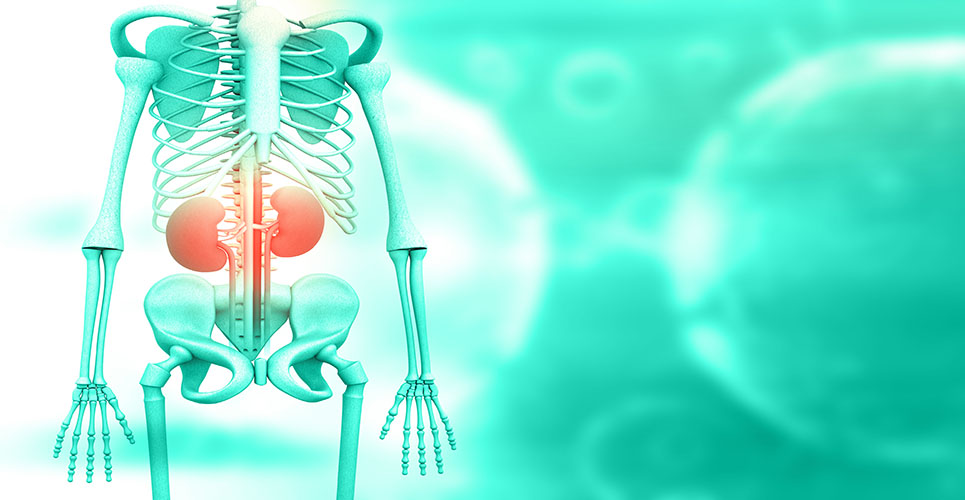teaser
Caroline Ashley
Principal Renal Pharmacist
Royal Free, Hampstead
London, UK
Transplantation is the treatment of choice in end stage
renal failure in that it offers improved survival and quality of life compared with dialysis. In 2008/9, 2497 patients in the UK underwent renal transplantation, an increase of 9.3% on the previous year.
For a transplant to be successful it is imperative that the correct regimen of immunosuppressive drugs is prescribed for an individual patient, that these are taken correctly and that they continue to be taken for the lifetime of the new kidney. Registry data show that current immunosuppression regimens yield excellent one-year rates of 93% and 97% for patient and graft survival, respectively; however, five-year survival rates among recipients of kidneys from cadaveric and living donors are 83% and 89%, respectively.
Current maintenance regimens, as recommended by the National Institute for Health and Clinical Excellence (NICE), generally include a calcineurin inhibitor (CNI) such as ciclosporin or tacrolimus, an anti-proliferative agent (mycophenolate or azathioprine) and steroids.1 NICE guidance states that the initial choice of tacrolimus or ciclosporin should be based on the relative importance of their side-effect profiles for individual patients. Sirolimus may also be used as part of the protocol in place of ciclosporin or tacrolimus, but only in cases of proven intolerance to CNIs (including nephrotoxicity), which necessitates complete withdrawal of these treatments and usually not until at least three months post transplant.
Unfortunately, all these drugs can have undesirable side effects. CNIs are well documented to be nephrotoxic and have adverse effects on blood pressure, lipid levels and glucose homeostasis, leading to post-transplant diabetes.2 Thus, CNIs promote cardiovascular disease which is the most common cause of death amongst transplant recipients who have a mortality rate of three
